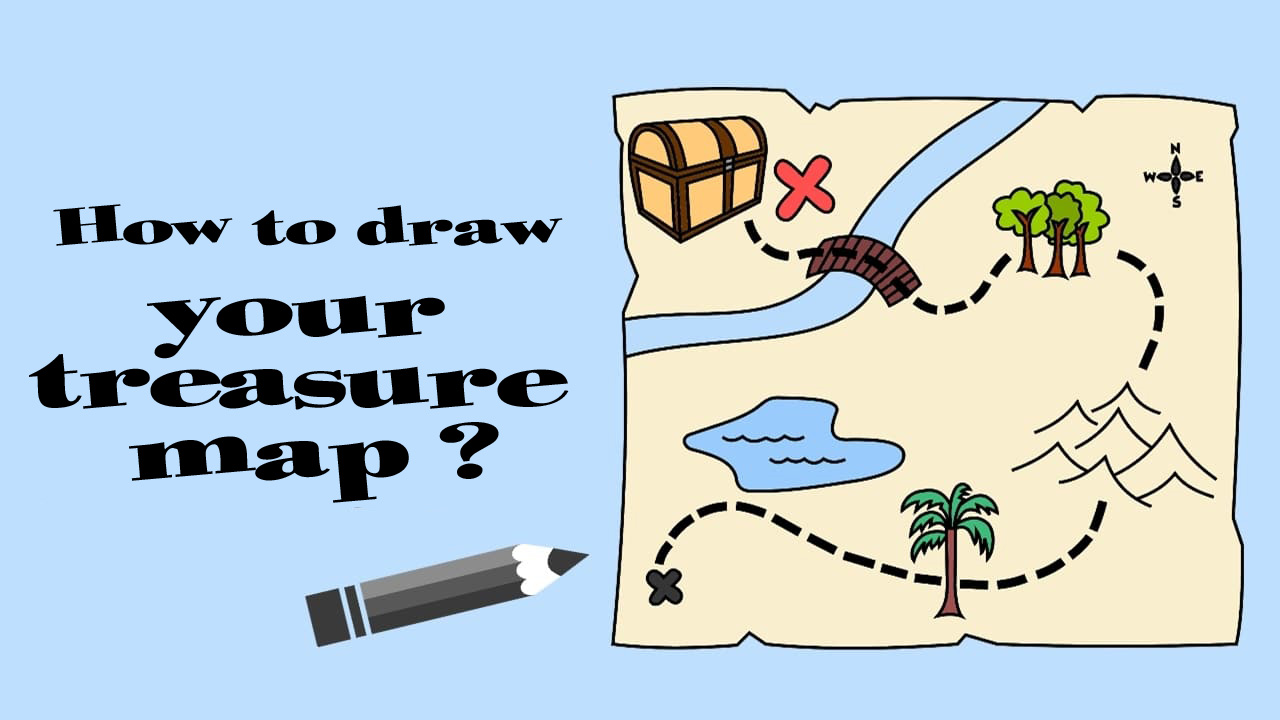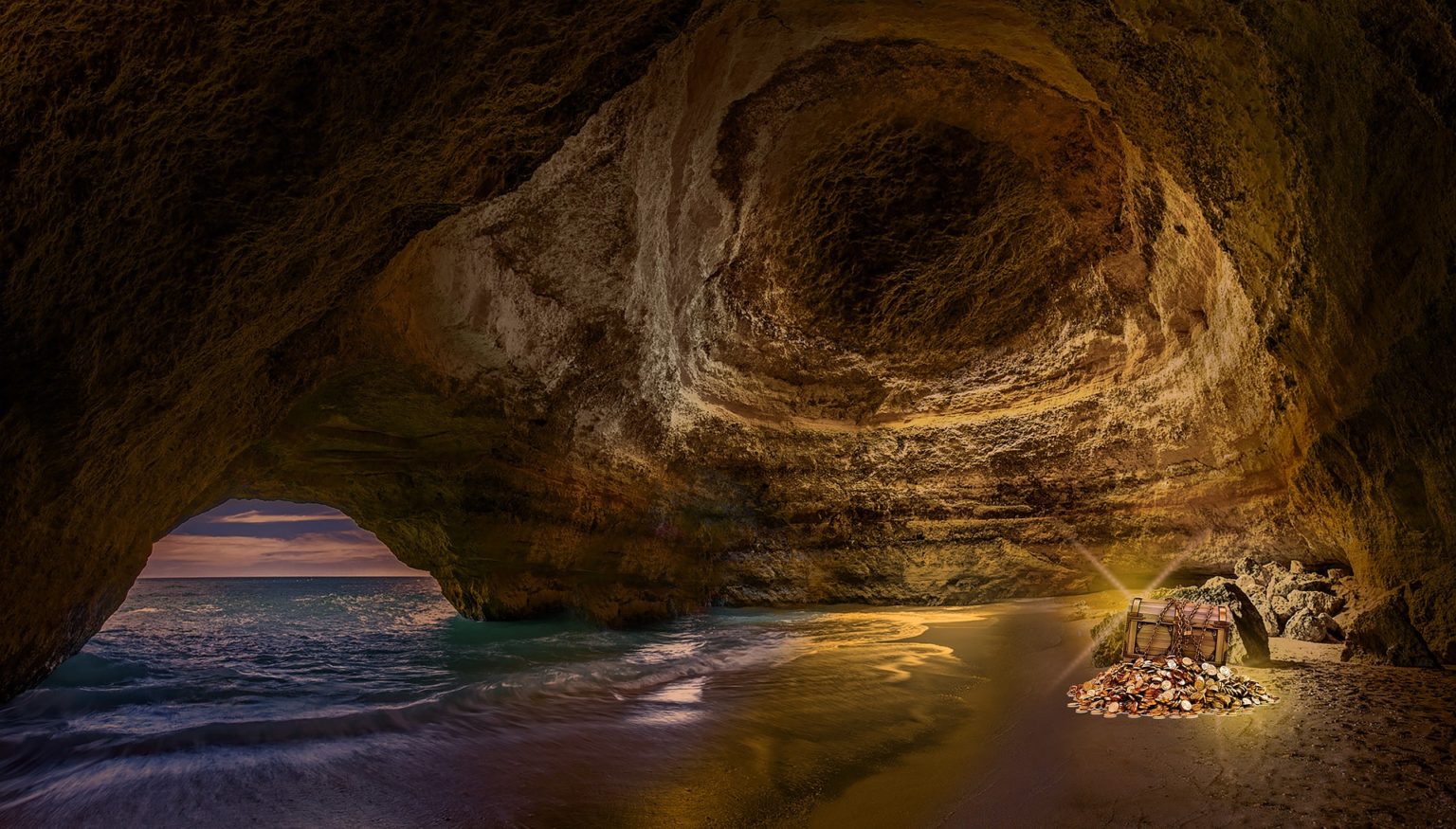A treasure hunt is also a great game for a birthday party. Just include surprise bags or small prizes at the end for guests. Here are some other theme ideas:
Archaeology / Indiana Jones / Dora
Egypt
Africa / jungle
Carnival
Camping
Fairies
Mystery
Games and TV shows
Cartoons
History...
You then have to write some clues for your treasure hunt. The clues will guide your players from place to place, anticipating the big treasure they will find at the end.
Create a scavenger hunt: You can search for creative clues online or brainstorm your own clues based on the ages and abilities of the children who will play
Use harder clues for older children. Here are some ideas that I like to use to create clues with the phrase "a happy coincidence" as an example:
In one word: ahappycoincidence
From right to left: ecnedicniocyppaha
Drole of cutting: aha ppycoin cidence
Right-left cutting : ecne dicniocy ppaha
A useless word out of two: a happy dad coincidence
A letter too many: at hatppyt cointcitdentcet
On other simple ideas to use in indices are rebus, riddles, puzzles, Morse code or any other alphabetical code,
Consider making simple clues if hunting is for younger children. They will appreciate clues such as "this word rhymes with... and if you have very young children, you can use image cues instead of written clues (just take pictures and print them), you can even make simple rebus. And if you want to have education in their amusement, ask the children to read the clues aloud to help them develop their reading skills.
Here's an example of 10 clues to a treasure hunt in the form of puzzles:
INDICE 1 (to hand over to the children to start the treasure hunt): if you're hungry, go ahead and find food (place index 2 in the pantry).
INDICE 2: The third clue is in a pair of...? (place Index 3 in a shoe).
INDICE 3: You use it to make your teeth shine (place Index 4 under a toothbrush).
INDICE 4: If you want to learn and grow, turn the pages (place Index 5 in a book).
INDICE 5: They add colour to your artworks (place Index 6 with pencils and paint).
INDICE 6: Check near the picture box (place index 7 near the TV).
INDICE 7: refreshment time; Get a fresh drink and your eighth clue (place index 8 in the refrigerator on a shelf that they can easily reach).
INDICE 8: Look behind the window. (place index 9 in the washing machine).
INDICE 9: You're almost at the end kids, but where did your guests go? (place Index 10 on the front door with duct tape or place it under the doormat).
INDICE 10: the final index... and the treasure! Look at him to see your eyes. (Place the treasure near a mirror. Maybe they'll look at each other in front of all the other mirrors before they find the right one
Another fun option is to make a treasure map or draw a treasure map and draw or note different obligatory passages (with things to recover) in order to reach the treasure!

Prepare a surprise treasure that your players will find at the end of their quest
You can use a shoebox to make a chest and fill it with toys and/or treats. You can also include chocolate coins (if it's not too hot).
You can use any type of box or chest you already have. You can also use plastic bins and decorate them according to your theme. If you design your own box, I suggest you let the kids help you decorate it, but fill the box when they're not looking, then the treasure will be a surprise. Alternatively, you can completely ignore the idea of the box and use small bags for individual "treasures" or use a pinata!
Once the treasure is ready, it's time to place your clues, but make sure the kids can't see you. If your children are in school, place the clues just before they return for an after-school scavenger hunt, for example,
For younger children, find someone for a short walk, so you can place all your clues without any prying eyes (you know how curious the children are).
Always keep children's ages in mind when placing your clues. I always try to make some places more difficult for the hunt to last longer, but not so difficult that they can't find it on their own
You should also try to place the clues away from each other and in places that are not too similar to make sure that children do not accidentally find the wrong clue (for example, I have already hidden one clue in the pantry and another in the refrigerator without realizing that it could be more or less reversed)
When the clues are in place, it's time to gather the children, put on the costumes (if necessary) and explain the rules and limits.
Treasure hunts work best with six (or fewer) children. You can divide a large group into smaller teams and do several small treasure hunts to minimize chaos
Another tip with a large group: organize your treasure hunt outside, where there is plenty of space for them to move between places and stay in groups to read the clue.

To keep the game fair and fun (and to prevent the child from finding or reading each clue first), help young children read the clues aloud. Ask the older children to take turns reading the clues aloud and brainstorming together as a group before picking up the next location
Encourage children to work together and help their teammates to have fun. Treasure hunts are a good way to practice cooperation and teamwork.
As your treasure hunters move from one clue to another, go and encourage them and help them if they get stuck. But make sure they allow them to think for themselves as much as possible and play the game at their own pace. If they need help with a clue, give them tips until they find the answer. You can also play "Hot and Cold" if your children have trouble finding a clue. Tell them "warmer, warmer, warmer" as they get closer or "colder, even colder" as they move away.
Resist the urge to show the location of clues, solve puzzles or tell children where to go, no matter how obvious the answers may seem. Part of the fun of a treasure hunt is the challenge of fending for yourself
When your treasure hunters solve the final clue, reach their destination and find their fabulous treasure, be there to congratulate and celebrate with them. And now that you know how to create a treasure hunt for kids, you can start planning for the next one!
You can be as creative as you like to create a treasure hunt. You can do it outdoors, indoors (great for rainy days), outdoors and indoors, in your neighbourhood or in a park. And the possibilities for themes are endless, for endless pleasure.
Tip: Keep all the clues and ideas for your treasure hunts in a binder, file or notebook. Sometimes you can redo the ones they prefer!
Treasure hunts are real adventures for kids, because they are fun and exciting, it's something you and your kids create and play together and the hunts can be customized for the tastes and age levels of everyone involved.